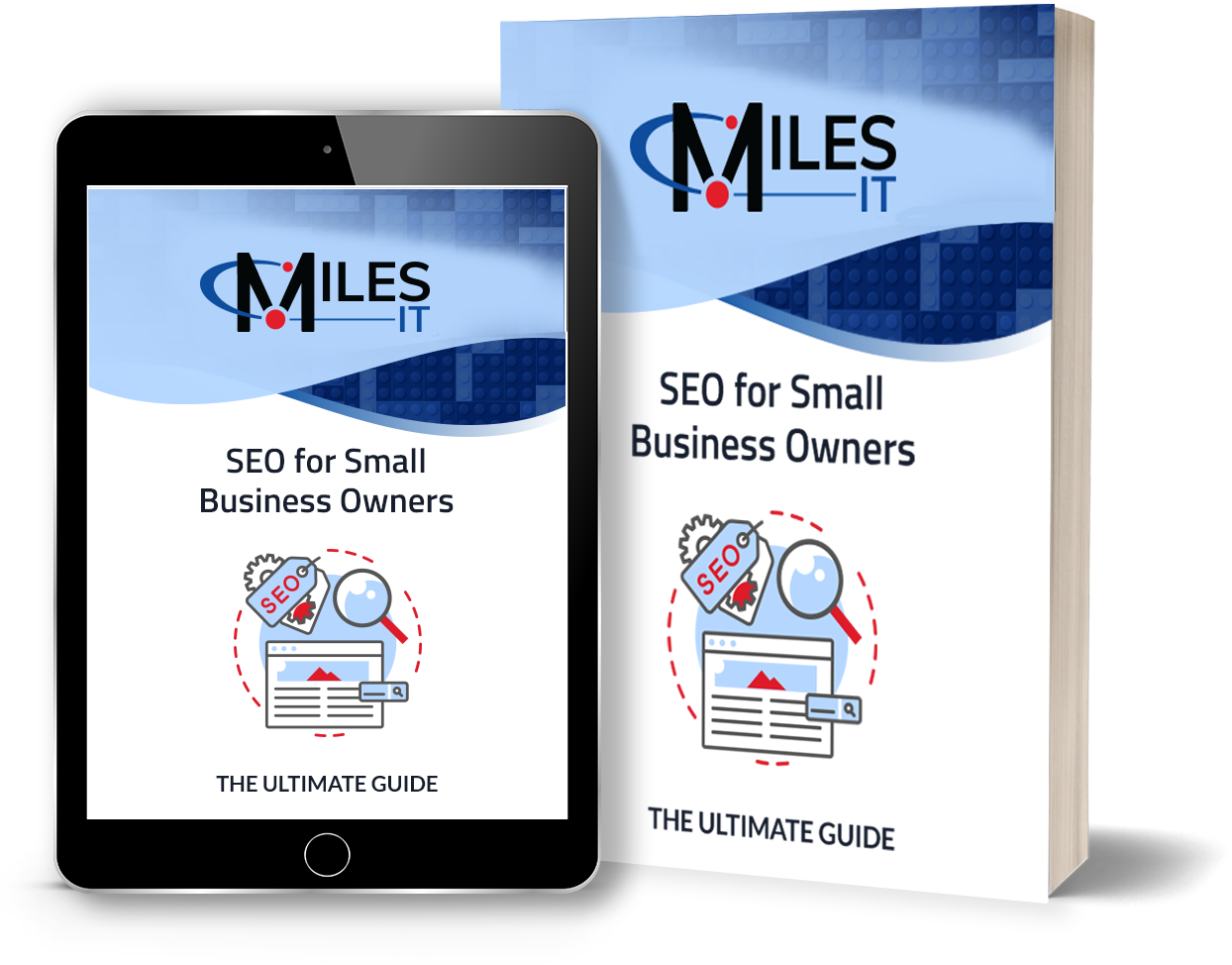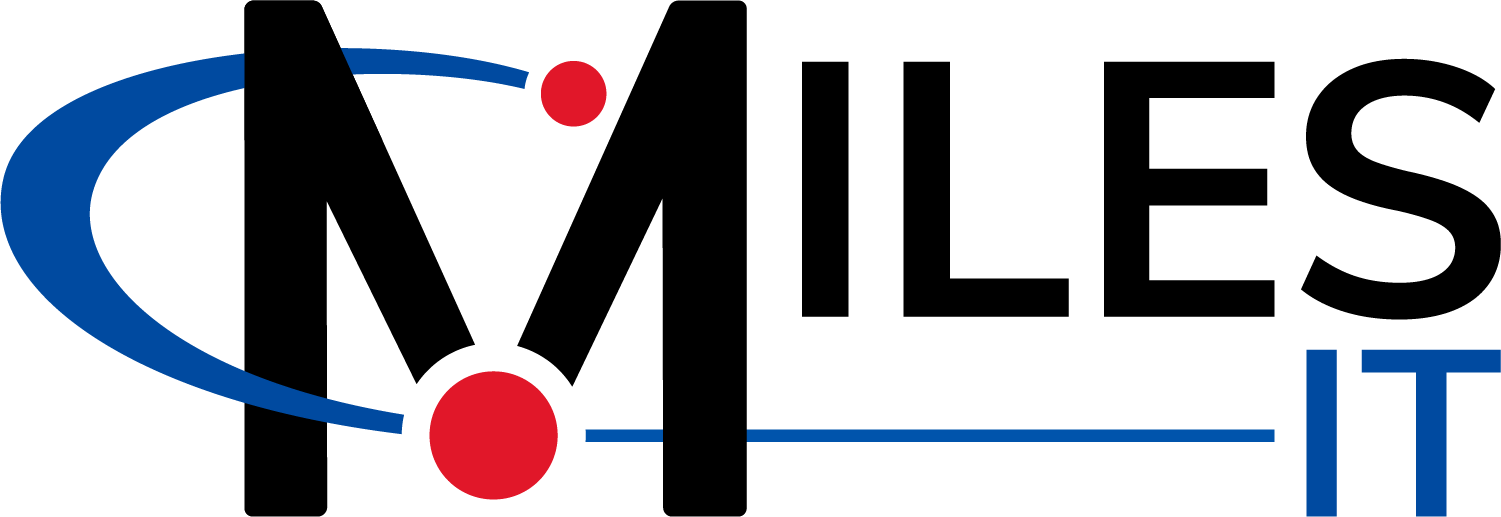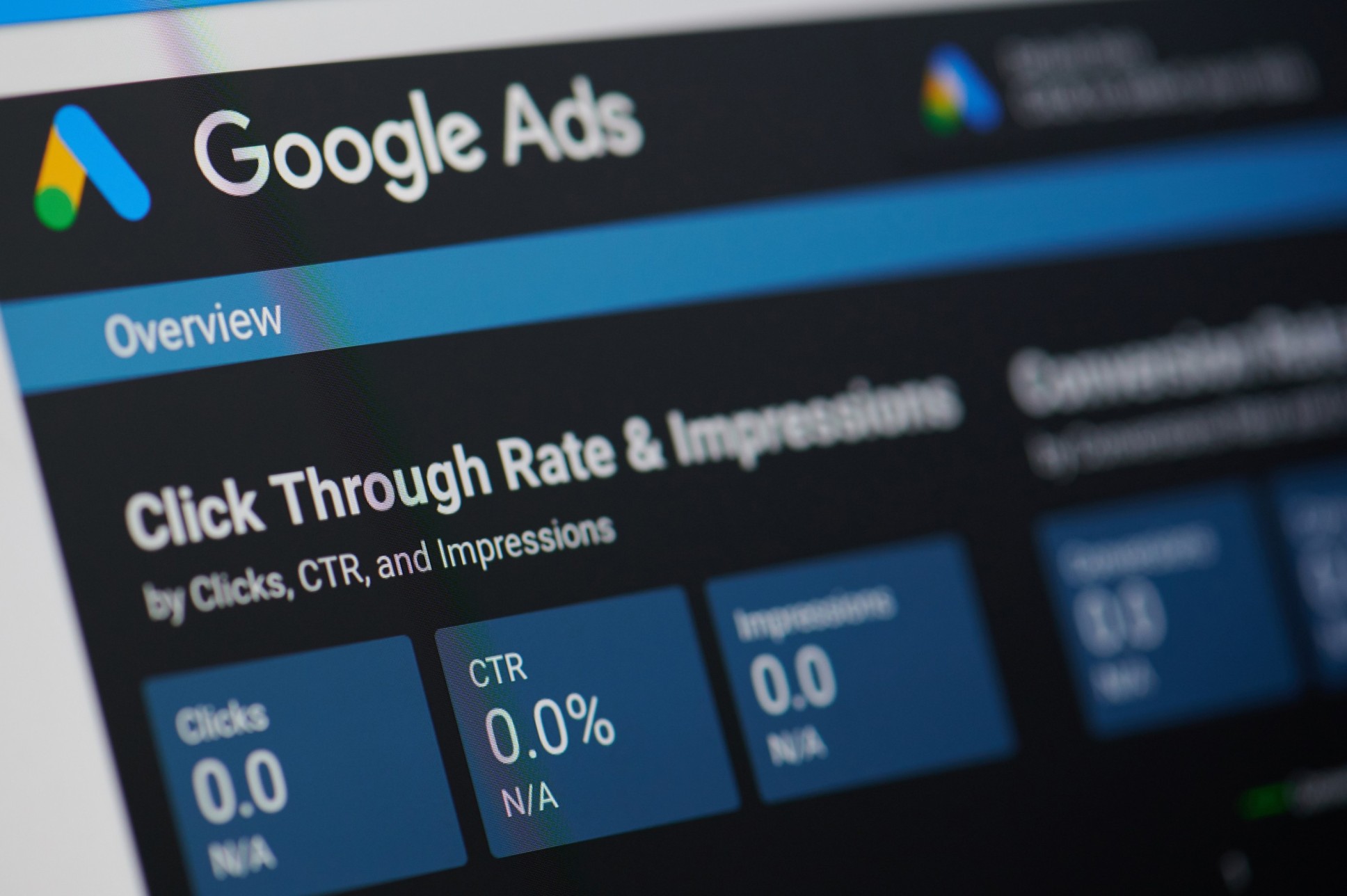A customer came to me with a new website last week and asked how they could get more sales and where they should be advertising.
The main question they asked was, “how much should I spend on advertising and where should I be spending my budget.”
When it comes to advertising, you want to focus on your audience and what they need.
Not for the action that you’re looking for.
The offer you have can be anything you want, but if you put it in front of people with a different intent, then you’re not going to maximize achieving your KPIs.
If you’re looking to maximize sales like most businesses, this article will change the way you think about user intent.
Get Your Free SEO eBook

The goal of this ebook is to help small business owners learn more about SEO and take advantage of Google to bring in more traffic.
Setting the right goals and KPIs
The first step of any campaign is to set your goals.
Facebook and Google ask you this when you first set up a campaign because they want to make sure they’re aligning where your ads show based on your goals.
Here are the KPIs options that Google Ads offers:

Here are the KPIs options that Facebook Ads offers:

Think about the Intent of the user when they are on the network you’re advertising on
While every business wants to make more sales, you can’t put an ad in front of everyone and expect sales to come in just because you spend money.
Think about TV and radio ads. There is no way to segment your audience.
Targeting a TV ad to show up on ESPN could get you in front of men aged 25-35, but people of all ages watch ESPN, so it’s impossible to get this specific kind of targeting.
With Facebook and Google, you can do this.
But think about this.
Someone who is scrolling on Facebook is doing so for reasons beyond looking for your advertisement. In fact, they don’t want to see your ad at all.
But that doesn’t mean you can’t get them into your funnel.
Start with Micro Conversions
A micro conversion, or micro goal, is a small action towards the overall end goal you want the user to take.
If you want visitors to make a purchase on your website, you may be able to get the conversion right away, but more likely, you’ll be able to get that user to try a sample first, for example, an eGuide.
The reason they may act on a micro conversion is that there minimal commitment upfront. The user is getting something for free in exchange for an email or a small monetary fee.
Examples of micro conversions can be:
Top of Funnel
eGuides
Whitepapers
Checkpsts
Series of educational emails
Middle of Funnel
Case study download
Product comparison charts
Bottom of Funnel
Phone calls
Contact form submissions
Free consultation sign up
Sales meeting scheduled
Free trials (if you have software)
You will want to choose the type of micro conversion you use based on your goals and KPIs.
What network should you advertise on, and how much should you spend?
After setting your KPIs and who your audience is, you want to choose where to spend your advertising dollars.
The question is, which advertising network do you choose?
And how much do you spend on each network?
I’ll start by saying that you don’t have to choose one network. You can combine your efforts and layer them, so they’re working together.
I created a chart below that details, in general, the percentage of your monthly marketing budget you should spend on each network.
If you’re just starting out and don’t have any data, I recommend starting with a top of funnel stage and bottom of funnel stage.
The following chart assumes you will choose 2 networks to start with. The percentages can be adjusted, but here is a reference point to start.
| Network | Audience Intent | How much of your monthly marketing budget you should spend to get in front of them | Stage |
| Google Search | Looking to buy | Research | 70% | Bottom of Funnel |
| Google Display | Browsing the Internet | 30% | Top of Funnel |
| Connecting with Friends/Groups | 30% | Top of Funnel | |
| Bing Search | Looking to buy | Research | 70% | Bottom of Funnel |
| Looking for a Job | 30% | Top of Funnel | |
| Other Social Networks | Connecting with others | 30% | Top of Funnel |
Which network should I get started on
If you’re entirely new to advertising and aren’t sure where to start, I recommend just picking 1-2 networks to begin with.
Especially if you’re doing your marketing in-house, you’ll want to dedicate some time to learn the systems.
Facebook’s ad system is similar to LinkedIn, but there are many nuances, and you might get confused.
When possible, always keep things simple.
Option 1: Facebook – Starting is simpler
Facebook’s advertising system is simple. You can boost your posts to people who like similar content to your page.
There are tons of specific targeting options you can use, but just remember people’s intent on Facebook.
Just remember, people are on Facebook for communication and entertainment.
When showing ads, keep in mind that you’re interrupting their experience.
This means that people are scrolling on their feed and may accidentally click your ad.
However.
Accidental clicks ≠ Quality leads.
Keep this in mind when analyzing your metrics and if they are aligned with your defined goals.
Option 2: Google – Users have the highest intent to buy
Google is a great way to capture traffic, but you might be dealing with two different audiences based on how the user is searching.
If it’s a question, you’ll want to have a blog or helpful resource piece show up. This is Google Organic.
If it’s more bottom funnel intent-based search, you’ll want a page with a contact form to show up to capture their information. This is Google Search Ads

Keywords people use in Google make a difference
When someone conducts a Google search, it means they’re purposely researching or looking for help with a problem right then and there.
You can get your ads in front of these people, and you would have a higher chance of getting a sale.
Where to focusing on the funnel with your advertising dollars
Start with Awareness
The first thing you want to do is get more people who haven’t heard of you to visit your website and see your offer.
I don’t recommend putting all of your advertising dollars into bottom funnel ads that ask for the sale right away. That’s like those perfume salespeople who spray you in the face at the mall.
Don’t be like that.
Instead, do this:
Start with a less salesy approach.
Let’s assume you have a checklist about how to make the perfect cup of coffee that you want people to download.
Ultimately, you want them to buy your coffee, but they can’t buy from you if they don’t know about your products.
You can run all of the following concurrently:
- TotF (Top of the Funnel) (30% of your marketing budget)
- Send traffic from Google Display to a blog post that has a download embedded
- Send traffic from Facebook to a blog post that has a download embedded
- BotF (Bottom of the Funnel) (70% of your marketing budget)
- Send traffic to your products with Google Shopping ads
You want to get people to opt in to get nurtured by any email follow-ups you might be sending from your CRM of choice (we like Hubspot at Miles).
How much do I spend on the awareness portion?
If you have $1,000 to spend, I would put $300 into the awareness campaign (30% of your overall budget).
I think you should always have awareness campaigns running to get people to know more about you, but I don’t think it should eat up most of your budget.
At the end of the day, you’re spending advertising dollars because you want to drive sales and get more customers. We all have someone we report to who will look at this and not care about how great our engagement was on a Facebook campaign.
For that reason, I’m realistic, but don’t forget that this is an integral part of the marketing plan.
Feel free to adjust up or down based on your own metrics; this is just a good starting point.
Ask for the Sale
After you’ve gotten a warmer audience of people who now know who you are, you want to push them to become a lead.
You can use Remarketing for Lists Search Ads or more specific ads on Google or Facebook ads that show an offer based on the page users have been to before on your site.
You should also have very specific Google Search Ads in place that target your ideal customer. Use keywords like +coffee +beans +near +me as a broad match modified term and not “coffee.”
It will make a huge difference in the quality that comes in your search terms.
Trust me.
People searching terms like this are warmer even if they haven’t heard about your company yet (though they might have from your awareness campaign).
These are the types of ads you’ll want to put a higher dollar amount into. The audience will be warmer and thus more likely to buy, so it’ll be worth it.
How much do I spend on the conversion portion?
I’d recommend $700 out of our original $1,000 budget (70% of your advertising budget).
This is because you’ll be able to get more data behind what’s working to drive sales and what isn’t. Of course, you can scale up or down based on what’s working, but this is a great starting point.
The Takeaway
Hopefully, this article has given the new marketing tons of insight into a place to get started.
In general, Facebook and Google Display help bring awareness to your brand, while Google Ads can prompt them to reach out in the moment.
I would start with 70% of your marketing budget towards Google Search and 30% towards Facebook/Display in most cases.


